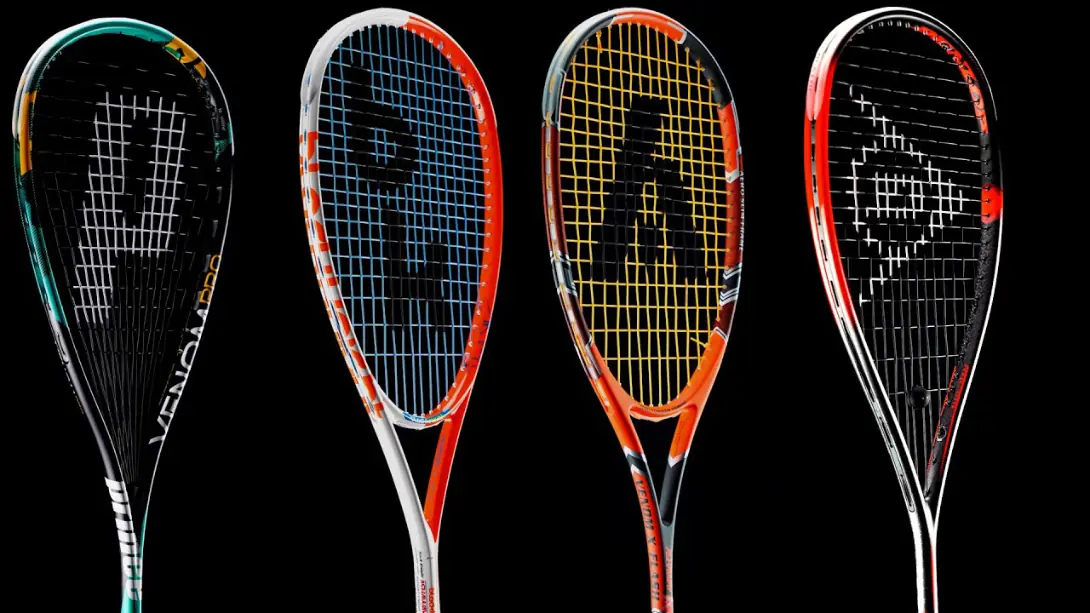Many newcomers to squash often ask what the best racket is for beginners. While plenty of advice exists from both experts and amateurs, I find that much of it is too rigid. In my view, selecting a squash racket is a personal choice—similar to picking out clothing or food—it’s about what feels right for you.
Quick Recommendation
If you’re looking for a straightforward answer without reading further, my top pick is the Tecnifibre Carboflex 125 S, available on Amazon. (Affiliate disclosure: As an Amazon Associate, I earn from qualifying purchases.)
My Coaching Approach
When coaching beginners, I typically started them with a medium-weight, medium-balanced racket, either a throated or teardrop design, depending on what was available. My goal was to help them develop a basic understanding of short swings and ball control. Afterward, I encouraged them to test different rackets and choose what felt best for them. I firmly believe in letting players decide what suits them rather than dictating their choices.
That said, many beginners still seek guidance when buying their first racket. My general recommendation is a medium-weight (120-150 grams), medium-balanced, teardrop-shaped racket. However, grip size is often more important than head shape.
The Heavy vs. Light Racket Debate
A common debate revolves around whether beginners should use heavier or lighter rackets. Both perspectives have merit:
• Heavy Rackets: Advocates argue that a heavier racket helps players hit the ball more effectively and can strengthen muscles faster. The idea is that once technique improves, switching to a lighter racket will be beneficial.
• Light Rackets: Supporters believe lighter rackets make it easier to develop proper swing mechanics, as they reduce fatigue and encourage better form from the start.
My View
I recommend starting with a medium-weight racket as a balanced approach. Both arguments have valid points, but a rigid, one-size-fits-all approach isn’t ideal.
Head Heavy, Even Balance, or Head Light?
Each balance type has its advantages:
• Head-Heavy Rackets: Popular among professionals like Ali Farag, these provide added momentum for powerful shots but require strong technique and forearm strength.
• Even-Balance Rackets: A well-rounded option that balances control and power, making it a good choice for beginners.
• Head-Light Rackets: These are more maneuverable but can be less forgiving if the ball isn’t struck cleanly.
My View
For beginners, even balance is the safest choice. If I had to pick a second option, I’d go with head-heavy for its ability to generate solid shots.
Throated vs. Teardrop Shape
• Teardrop Rackets: Generally offer more power.
• Throated Rackets: Provide better control.
Since many professional players use teardrop-shaped rackets, it’s clear that power alone isn’t the deciding factor. Beginners need both power and control, so the best choice depends on personal preference. I’ve played with both types and found that feel is more important than technical specifications.
Other Factors: Strings, Tension, and Grip Size
• Strings & Tension: Not worth stressing over as a beginner. Fine-tuning these details won’t make a significant difference early on.
• Grip Size: This is far more critical. A grip that’s too large makes it harder to control the racket, while one that’s too small can cause twisting during impact. The ideal fit allows your middle finger to almost touch the base of your thumb when gripping the handle.
Final Advice
Take your time choosing a racket. Try different models before making a purchase. Avoid aluminum rackets, as they are durable but not suited for performance. Start with a medium-weight racket, and after six months to a year, test a variety of rackets to refine your preference.

